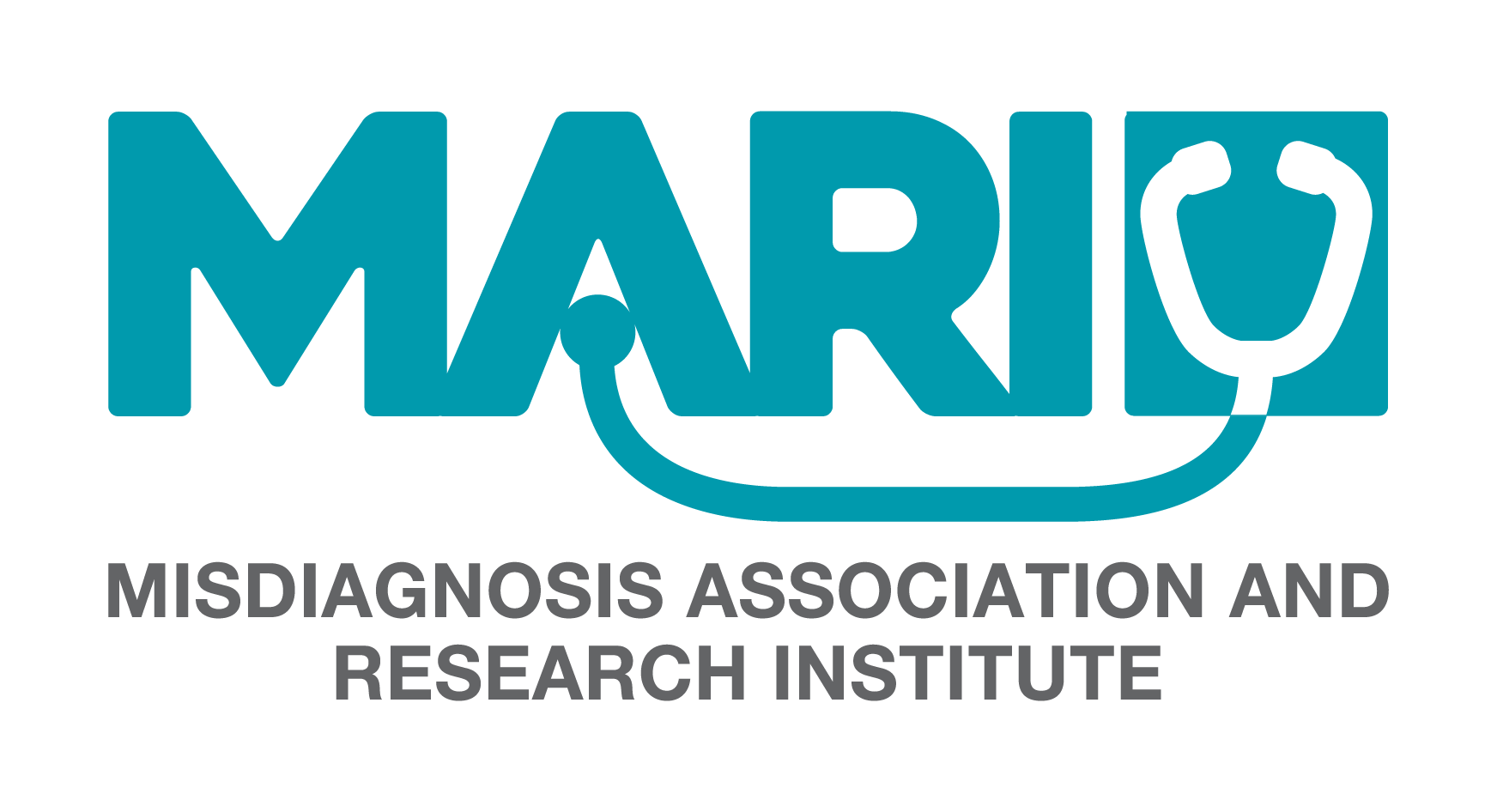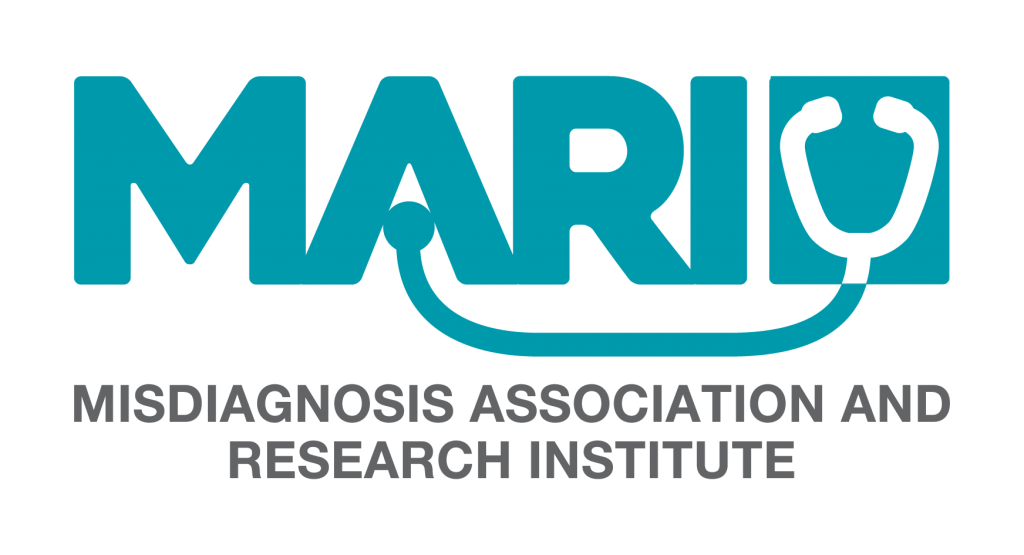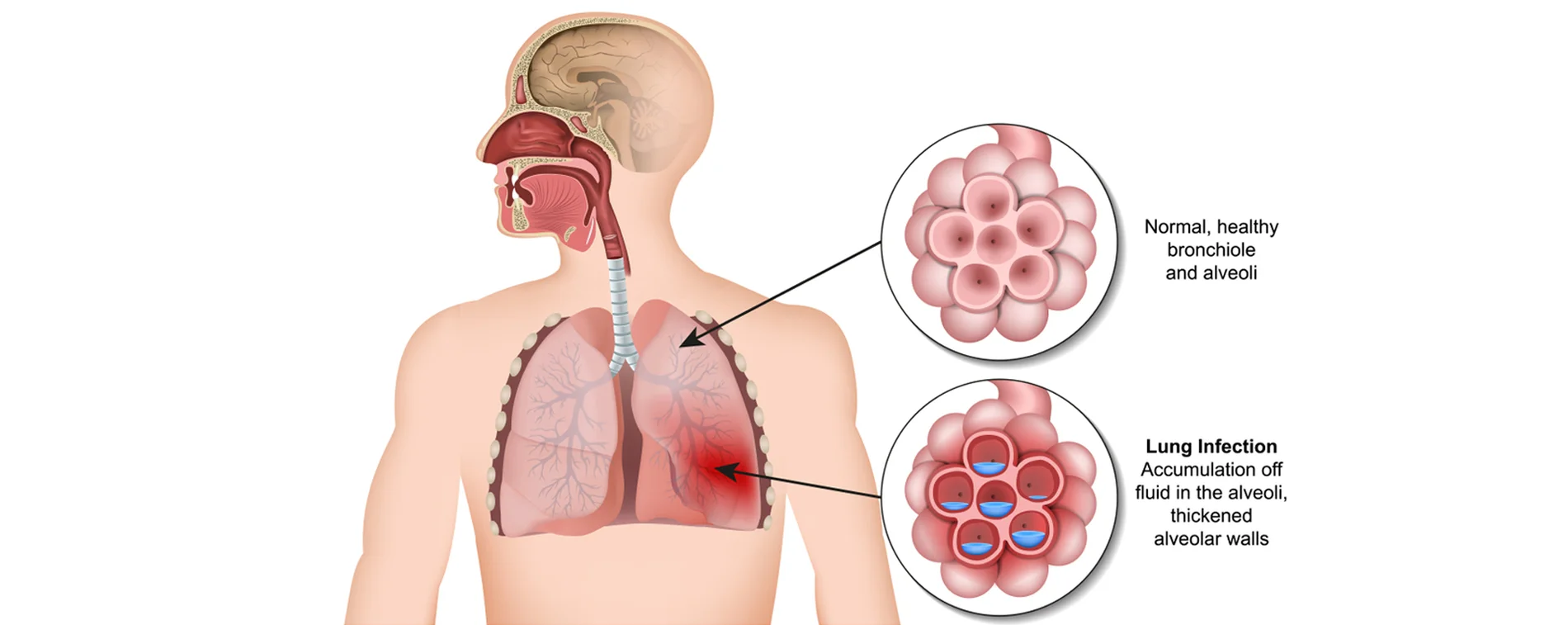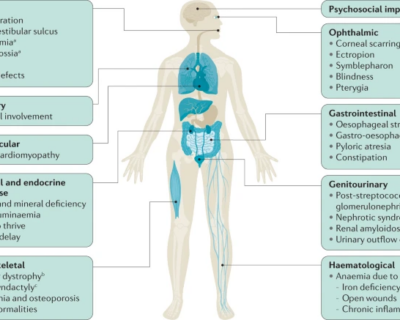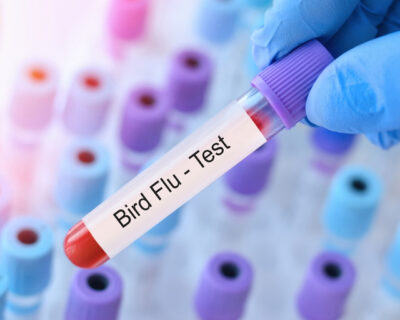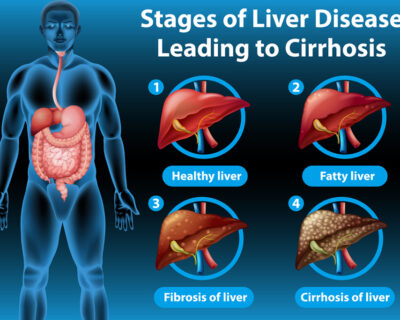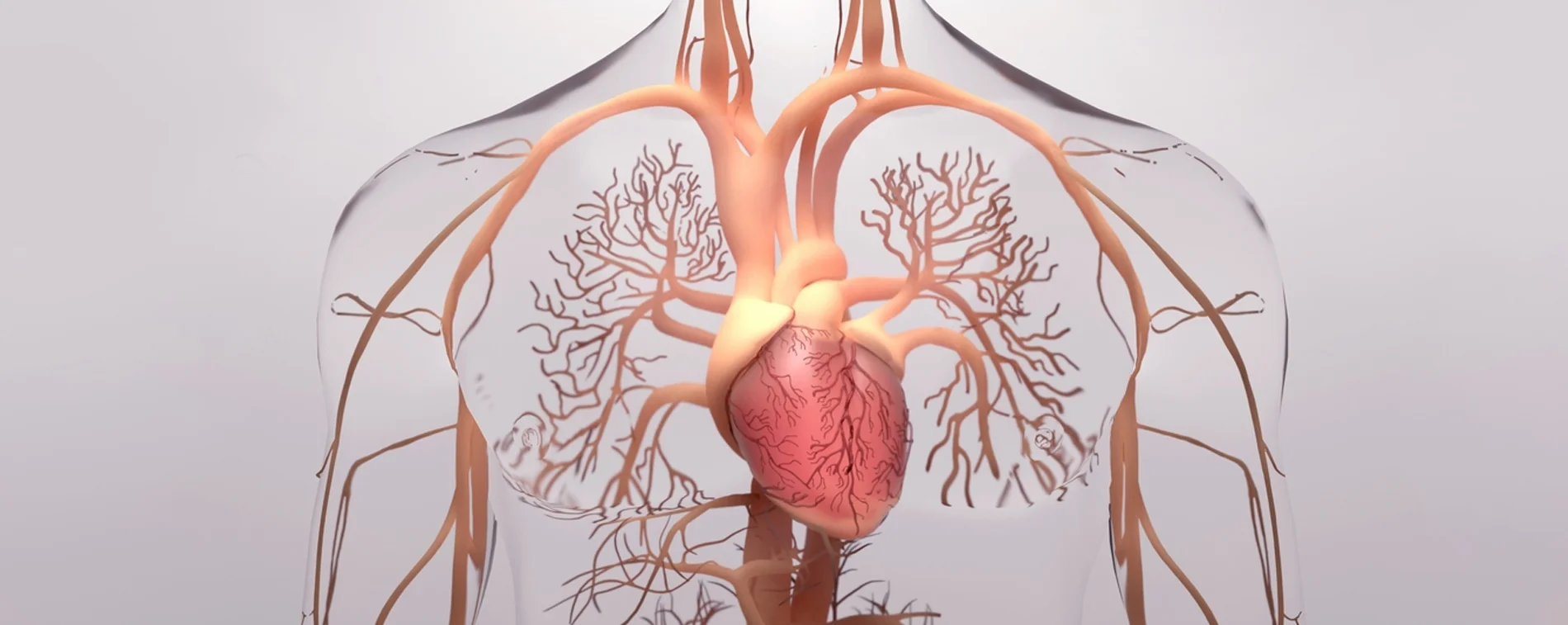
Medical Errors in Healthcare Let’s talk about interstitial lung disease
Medical Errors in Healthcare Let’s talk about interstitial lung disease
Medical errors are unfortunately common in healthcare, but their effects are preventable, whether or not they’re evident or harmful to the patient. Besides misdiagnosis, other medical errors such as adverse drug events and improper transfusions, undertreatment, overtreatment, surgical injuries, wrong-site surgery, suicides, restraint-related injuries or death, falls, burns, pressure ulcers, and mistaken patient identities are also common, and they’re all categorized as Medical Errors. Medical error rates are higher, and carry more serious consequences, in operating rooms, emergency departments, and intensive care units. Also, medical errors happen more commonly with new procedures, urgency, the severity of the medical condition that is under treatment, and the extremes of age.
According to an analysis by John Hopkins medical school and the CDC, over 250 thousand deaths happen because of medical errors every year in the United States, based on the death rate over an eight year period. Statistics published by the CDC in 2013 show over 600 thousand deaths due to heart disease, just under 600 thousand due to cancer, and about 150 thousand deaths from respiratory disease, and these deaths can happen because of medical errors.
Our focus here is on interstitial lung disease, a commonly misdiagnosed respiratory disease and the third leading cause of death due to medical error.

What is interstitial lung disease?
Interstitial lung disease (ILD) is another term for pulmonary fibrosis, meaning scarring and inflammation of the interstitium, a tissue that surrounds the air sacs of the lungs, blood vessels, and airways. As a result of this scarring, the lung tissue becomes stiff and leads to difficulty with breathing. ILD may be limited to the lung, or it may be associated with another condition that can affect other areas of the body like rheumatoid arthritis or sarcoidosis.
Similar symptoms are shared in these illnesses, such as dry coughing and shortness of breath. Because of these features they may seem similar, but from a radiographical perspective, cases of ILD that originate from different causes and conditions will receive different treatments and outlooks. These conditions are more common in adults but they may occur in children too.
What causes interstitial lung disease?
ILD has over 200 causes, because many disorders are also included in these conditions. Therefore, they are categorized based on their cause. Here are some types of ILD.
- ILD related to another health disorder: ILD is developed in some people due to their having an autoimmune disease such as RA, lupus, polymyositis, dermatomyositis, or sarcoidosis.
- ILD caused by breathing in harmful substances: Breathing harmful particles such as coal dust, asbestos, tobacco smoke or hairdressing chemicals can start the development of ILD.
- Genetic ILD: ILD can be passed down among family members, through conditions such as neurofibromatosis and Gaucher disease.
- Idiopathic ILD: Idiopathic means the cause is not known. Idiopathic ILD usually affects people over 60 years old.
What are the symptoms of interstitial lung disease?
The symptoms that people will generally notice are associated with breathing difficulty: shortness of breath, coughing that is usually nonproductive, decreased tolerance for exercise, fatigue, and weight loss.
How is interstitial lung disease diagnosed?
Because ILD is a part of so many different conditions, several methods are used for diagnosis:
- Physical examination: Your doctor will ask you about your symptoms, whether you have any systemic conditions, and if you’ve previously been exposed to harmful substances.
- A lung function test to check how well your lungs are working
- Imaging tests like X-rays and a high-resolution computed tomography or CT scan
- In some cases, a biopsy may be performed. During a biopsy, your doctor will collect a sample of lung tissue and test it to identify the type of ILD.
Medical errors are associated with so many different conditions, but not all medical errors will lead to death or other harmful consequences. When conditions such as heart disease and cancers are associated with medical errors, the consequences may be fatal, as these conditions are fatal on their own, even with the right treatment in some cases.
Heart Disease
Typically, the term “heart disease” refers to many conditions that affect the heart, such as:
- Blood vessel diseases like coronary artery disease
- Irregular heartbeat or arrhythmia
- Congenital heart defect – a heart condition that a person is born with
- Heart muscle disease
- Heart valve disease
Many of these conditions can be prevented from progressing or treated completely with healthy lifestyle choices.
Cancer
Another one of these conditions is cancer. Generally speaking, cancer includes so many different conditions that harm different parts of the body. Cancer is a term that refers to the abnormal growth of cells that form a tumor or lump that does not go away. These abnormally growing cells can spread (metastasis) to other parts of the body and cause problems in those areas as well.
Resources:
https://www.who.int/news-room/fact-sheets/detail/cancer
https://my.clevelandclinic.org/health/diseases/17809-interstitial-lung-disease
https://www.cdc.gov/nchs/fastats/leading-causes-of-death.htm
